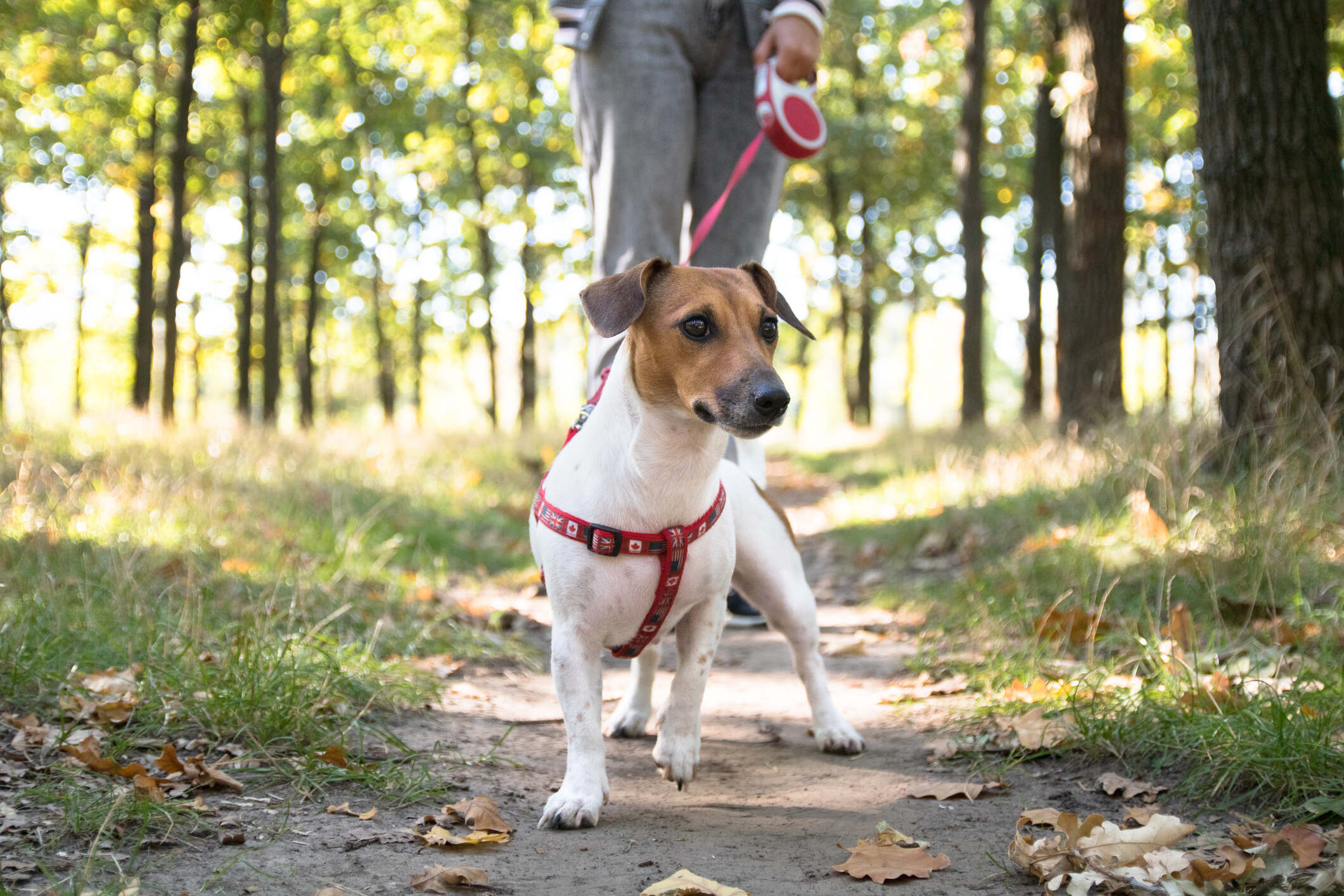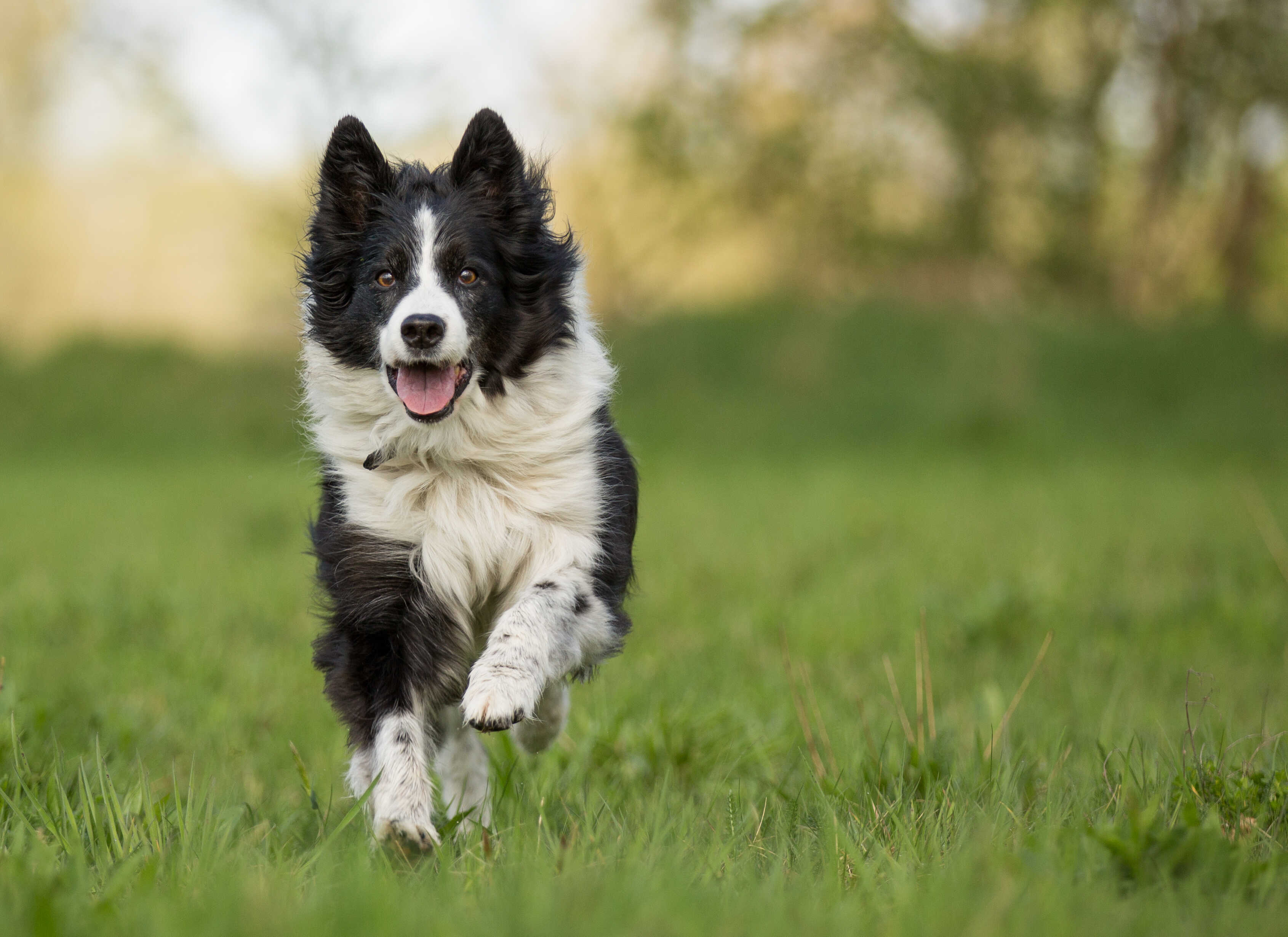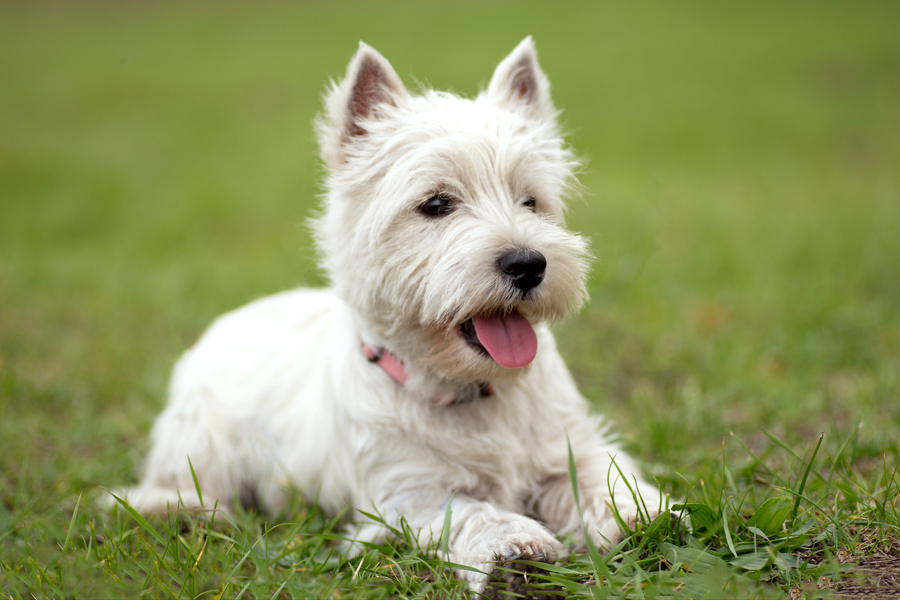
Arthritis in dogs
What is arthritis in dogs?
Arthritis is a degenerative disease that affects the structure of a dog's entire joint, causing pain and inflammation. Over time, this can lead the joint to weaken and become less stable.
Arthritis may also be referred to as ‘Osteoarthritis (OA)’, or ‘Degenerative Joint Disease (DJD)’.




Did you know that arthritis is the most common cause of pain in dogs?
Arthritis is often considered an age-related condition, affecting older dogs, however, there are other causes of arthritis, which means it can be found in young and adult dogs too.
Did you know?
-
Over 80% of dogs over the age of 8 have arthritis1
-
35% of dogs of all ages are affected by the disease1
Understanding Canine arthritis
Learn more about the disease, causes, signs, and treatment options.
Interested in learning more?
Download our vet approved, comprehensive overview of arthritis and learn more about what changes you can make to improve the quality of life for your dog.

References:
1. CAM. Caninearthritis.co.uk - May 2023




